Congratulations to my sister, Nancy, on her newest effort at the Net Zero life. She’s what we call an “early adopter” where sun power is concerned. She’s had a solar hot water system on her house just about as long as anyone we know. Several years ago, her life was changing, and for moral and practical reasons, she decided to downsize. She move with her boys, Drew and Reid, from the house where they’d been living for a few years, to one half the size.
Soon after they moved in, the house burned. I will always remember standing with Nancy the day after, arm in arm, looking at the rubble, the stinking charred remains of life as they had known it. She said at that moment, “This is why we’re not supposed to get attached to stuff.” A couple of hours later, as we helped her and the boys start the process of sorting what was keepable from what was not, I came across a curious find. A bunch of boxes with family valuables hadn’t been unpacked yet, so some of the family history (pictures, scrapbooks etc.) was protected from smoke damage. In one of those boxes, I found a ticket from a play Drew had acted in at school. The play was “You Can’t Take It With You.” It has been a spiritual tagline of her life since then, for sure. One she bears for all of us.
So I wasn’t surprised this spring when she called me for advice on solar. Now she is up and running with 15 panels, installed by Neil Kelly Co., one of the certified installers recommended by Energy Trust of Oregon. While she was at it, she installed a GeoSpring heat pump water heater, the newest generation of the most efficient water heaters in the world.
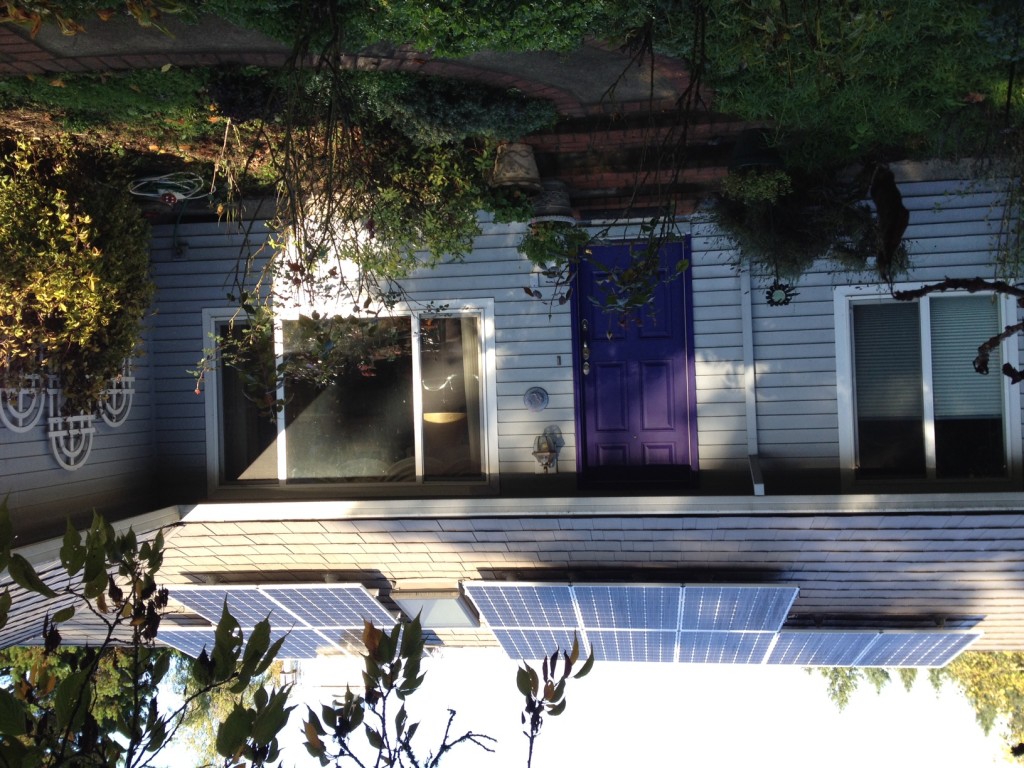
So all of you will have the most up-to-date information about solar, it’s costs and incentives, I include the basics of her system, it’s generation capacity and costs. The panels are manufactured by Solar World, here in Oregon:
15 panels @ 285 watts per panel = 4, 275 watt capacity
Projected annual generation = 5,100 kilowatt hours (kWh)
$21,000 Total Cost
– 3,335 Rebate from Energy Trust of Oregon
– 5,645 Federal Tax Credit (30% of total cost)
– 6,000 Oregon Tax Credit ($1.90/watt, max: $6,000)
And the GeoSpring Heat Pump Water Heater costs $1,200
State of Oregon & Energy Trust incentives total = $1,485
Please, everyone out there, think about what’s at stake and look at these numbers. If you have good sun where you live or if you use hot water, what are you waiting for? The Solar Energy Industries Association reports the price to install solar has plummeted by more than 70 percent since 2006. Today there are close to one million solar energy systems operating in the U.S., the equivalent of taking 5.4 million vehicles off the road each year. Be part of the solution or continue to be the problem!!!
People of the Long Grass
Nancy and I spent a great day together last week, walking on our family farm. She and I, with our sisters Alice and Helen, own the farm our ancestors settled by Donation Land Claim in 1853. Family legend was, when they came on the Oregon Trail, they decided to settle land in the Willamette Valley that had no trees! Through the generations of our people in this country, apparently we were sick and tired of clearing trees. So they settled in the swamp! Well, not a swamp exactly, but about 50% was native wetland prairie. Our father had a clear memory of the day the last of it was plowed for the first time. He was 14 (1934) and watched as the west 80 was turned over behind a big steel-wheeled tractor.
Anyway, with Ma and Pa moving on to new dimensions, we kids own the farm. As we prepare to sell the land to a neighbor who will farm it well, it is also our intention to re-establish wetland prairie on 60-80 acres of what Dad saw plowed for the first time at 14. We are hoping to establish a conservation easement, funded by the Wetland Conservation Easement of the Natural Resources Conservation Service (NRCS) a division of USDA. Nancy and I were walking on the farm with a team of NRCS staff, bird and prairie plant experts, biologists, ecologists and hydrological engineers. They were there to evaluate our project proposal, submitted recently in competition with other proposals from other landowners around the state.
Since our ancestors moved into the Valley, the millennial home of the Kalapuyan civilization, one tenth of one percent of the original wetland prairie ecosystems have disappeared, and with them a whole culture of humanity and a host of prairie plant and animal species. Gone are the people who cultivated the wild camas, grinding the bulbs to meal for daily food, who burned the prairies so the elk would come from the hills to eat the new sprouts that follow fire. Gone are the Streaked Horned Lark and Western Meadowlark whose songs accompanied our good work when we were farm kids. And the Vesper Sparrow and Burrowing Owl. Kalapuya is nativespeak for “long grass.” The Kalupyans were “The People of the Long Grass.” Our dad had childhood memories of cowboys rounding up cattle on the remaining prairie acres on our farm. The tufted hair grass was so tall, he could only see the heads and hats of the riders over the waving grass. We want to bring some of that back alongside the agriculture that will continue on our place. We want to see the grasses waving again. We want our children’s children to see the wildflowers blooming again and bring healing to the land our people-of-good -intentions had a hand in bruising. We seek to hear again the Meadowlark welcoming the dawn.
So we walked with the specialists on the sacred ground and we are hoping for the best.
We also did a couple of selfies by the old silos and a shot of the lone maple and locust still standing where our people built the first homes in 1853:
For an idea of what we envision, see these pictures Debbie and I took last spring with neighbor Tom Hunton. He walked with us on a prairie plot they have re-established on 40 of their farm acres. If you haven’t met Tom, he and Sue and their family are the proprietors of Camas Country Mill. It is a new flour mill operation in Lane County which has become a hub for a new kind of food economy in that end of the Valley, fashioned around daily bread. Anyway, Tom insisted we walk with him the 3rd week in June when the wetland flowers were at their best.
We saw the amazing brilliance of Self Heal and Meadow Checkermallo, Oregon Sunshine and Dense Spike Primrose. It was a layered riot of colors. The smells of plants from the vernal pools: wild mints, pennyroyal and tarweed. They brought my memory home to early days of catching tadpoles in the muddy waters of Flat Creek. They were the scents that brought a calm to otherwise frantic farm work, carried to us on the summer northwind.
After the understory of plants were seeded and established, then the seeds of the wild grasses were sowed. Tufted hair grass and meadow barley are appropriate harbingers of healing. We hope one day we can walk among this elegant savannah on our own place. And maybe some of you will be able to follow us there with your grandchildren, even as we pass ownership on to a new farmer and sacred stewardship to the next generation of neighbors. The new always pokes up from the decay of the old. Journey on.


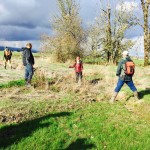
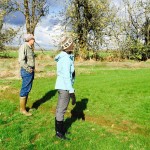
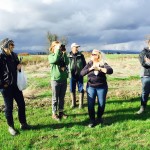
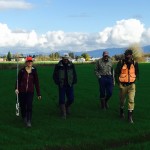



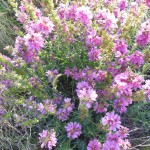
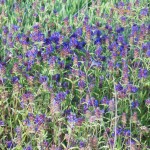


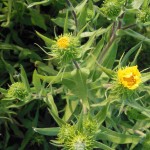

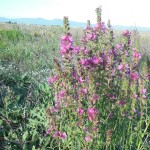
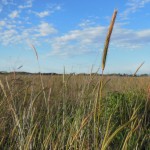
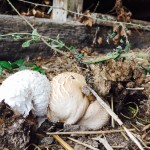
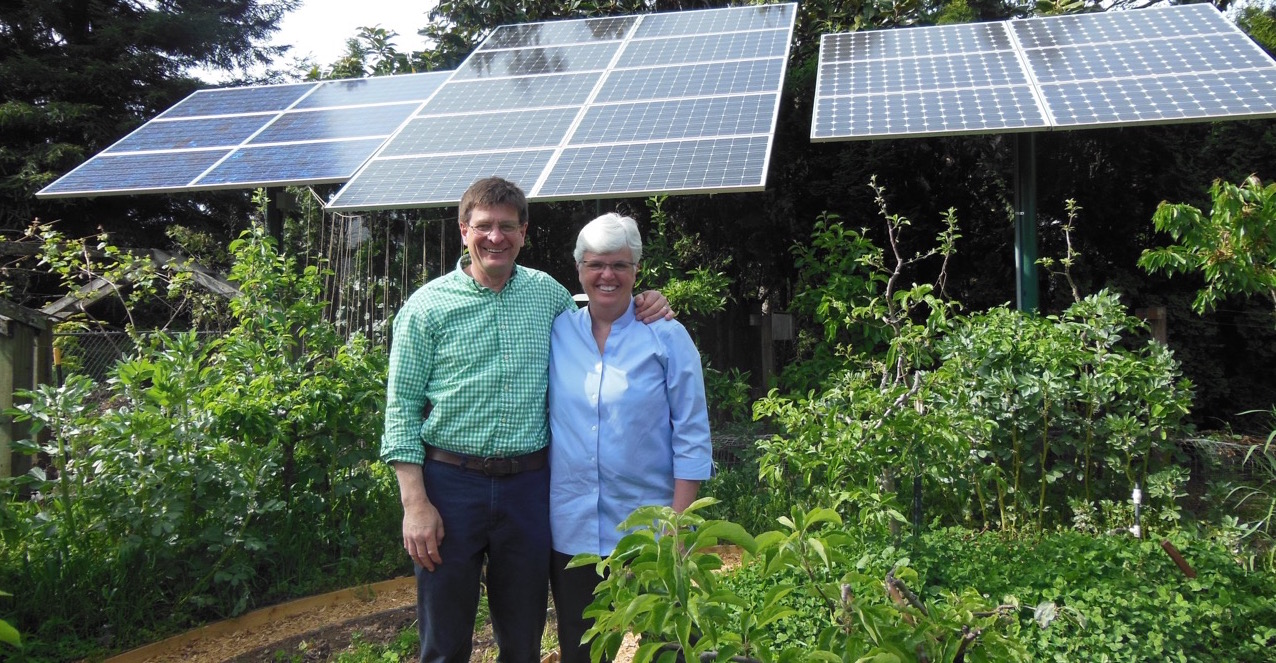


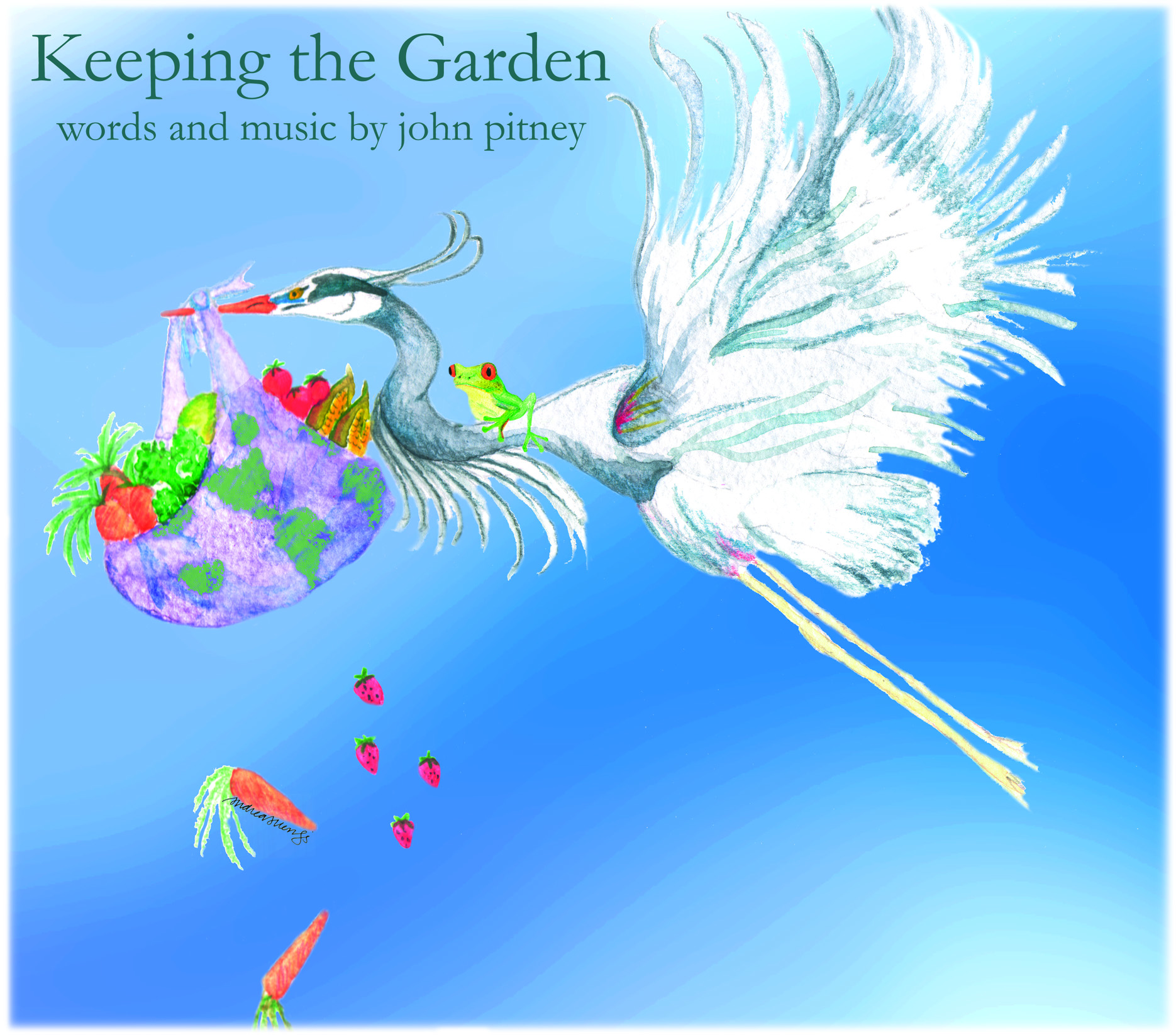

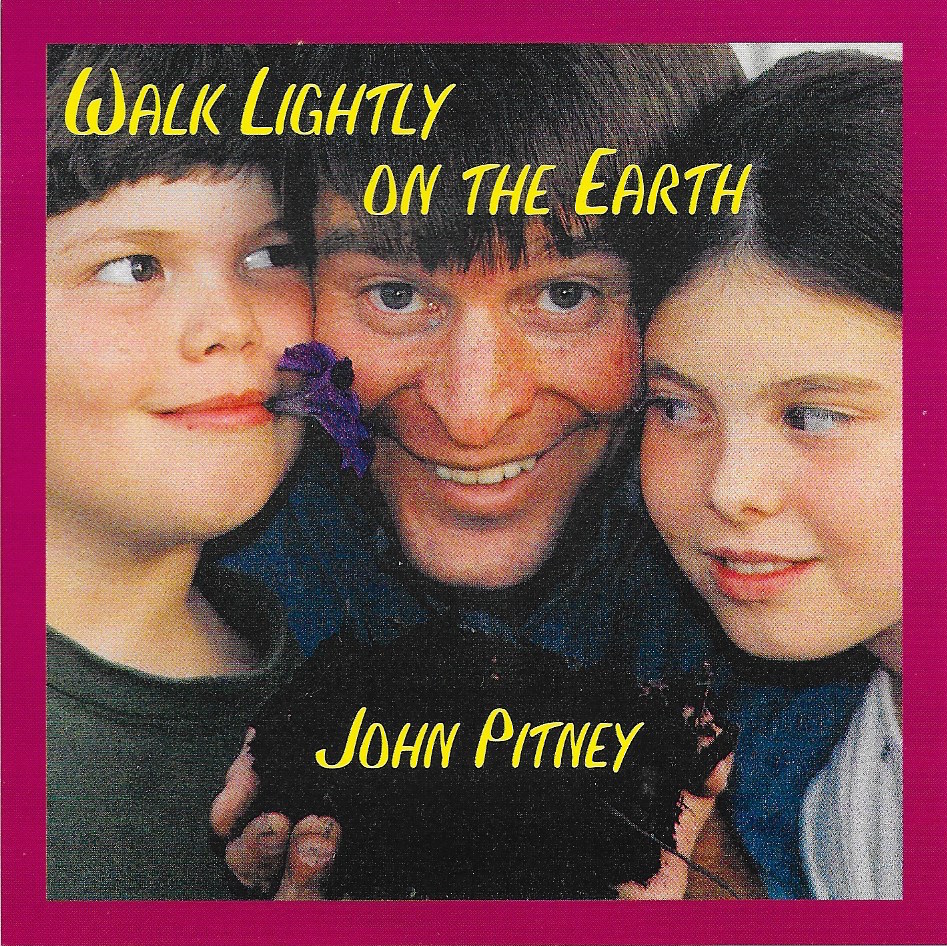

Recent Comments